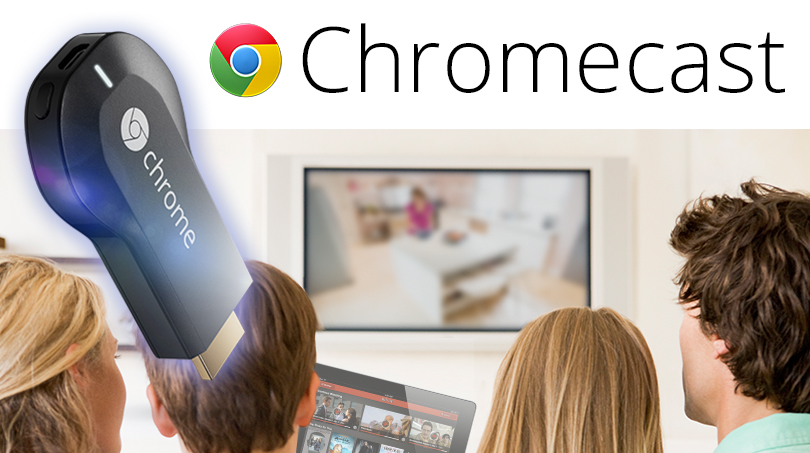
Initially, Google’s new Chromebit add-on appears hugely impressive. The HDMI dongle simply plugs into the back of your TV and provides you with a fully-fledged Chrome OS computer for less than $100.
However, when you line up Chromebit next to the search engine giant’s other products, it looks like another piece in an increasingly confused jigsaw puzzle. Google’s product line-up includes Android TV, Chromecast, the Nexus Player and now Chromebit.
Of course, all of the aforementioned products possess their own unique selling points, but customers may still be left wondering if they are distinct enough and which one is right for them.
Android TV, which replaced Google TV, can be built into television sets or bespoke digital media players and allows users to access the Google Play store to download apps and access streaming services such as Netflix and Amazon Prime Instant. Chromecast is a HDMI dongle that supports the streaming of audio and visual content from mobile and web apps to a TV, while Chromebit appears similar but offers more functionality. The Nexus Player, meanwhile, will be a standalone set top box offering Android TV.
Confusing matters further, the Nexus Player, Chromecast and Android TV all support Google Cast technology, emphasizing the overlap between the products. Also, while the Nexus Player is primarily based on Android TV, it carries no Android branding, giving consumers little indication that they provide essentially the same service.
Google’s attempt to dominate the living room and the TV, in particular, makes perfect sense. After all, Apple TV and a host of set-top boxes have also made a grab for this potentially lucrative space, but a single must-have product would surely be more effective than several gadgets targeting a similar audience.
Part of the problem is that Google’s assault on the home TV space is fragmented across its two different operating systems and brands. Both Android TV and the Nexus Player are Android products, while Chromecast and Chromebit are, unsurprisingly, Chrome devices.
Back in 2011 when Google launched its Chrome OS for the first time, the company had good reason for offering a platform distinct from Android. Chrome was targeted at larger screen devices, such as Google’s Chromebook range, while Android targeted lower-power mobile devices. Over time, however, this distinction has become less clear cut.
Late last year, Google announced that it was possible to run Android apps natively in Chrome, without any modification required on the part of developers. Another factor that now makes Google’s decision to run two operating systems less wise, is that it contradicts current market trends.
With consumers demanding flexibility between the vast numbers of connected devices at their disposal, cross-platform operating systems are gaining momentum. Windows 10 will look to unify the Windows PC, Windows Phone, Windows Embedded and Xbox One product families and it remains to be seen if Google will ultimately merge Android and Chrome.
Google may well point to the individual successes of each platform as a reason for keeping them separate, for the time being at least, but its TV offering could still benefit from some streamlining.
In the past Google has shown a willingness to abandon products when they do not work out, including the Nexus Q and Google TV, so perhaps the tech giant is simply offering consumers several TV options in the hope that one of them achieves the desired level of success, regardless of whether this comes from Chrome or Android. The problem with that approach is that it doesn’t inspire consumer confidence and developers may also need convincing to work on a platform that may not be around for long.
Ultimately, if Google does want all of Android TV, the Nexus Player, Chromecast and Chromebit to be a success, it needs to more effectively market each product, emphasizing the differences to the everyday consumer. Chromebit certainly offers something different to the rest of Google’s TV-interfacing products, so it would be a shame for it to be forgotten amongst the firm’s growing hardware catalog.
Published under license from ITProPortal.com, a Net Communities Ltd Publication. All rights reserved.

